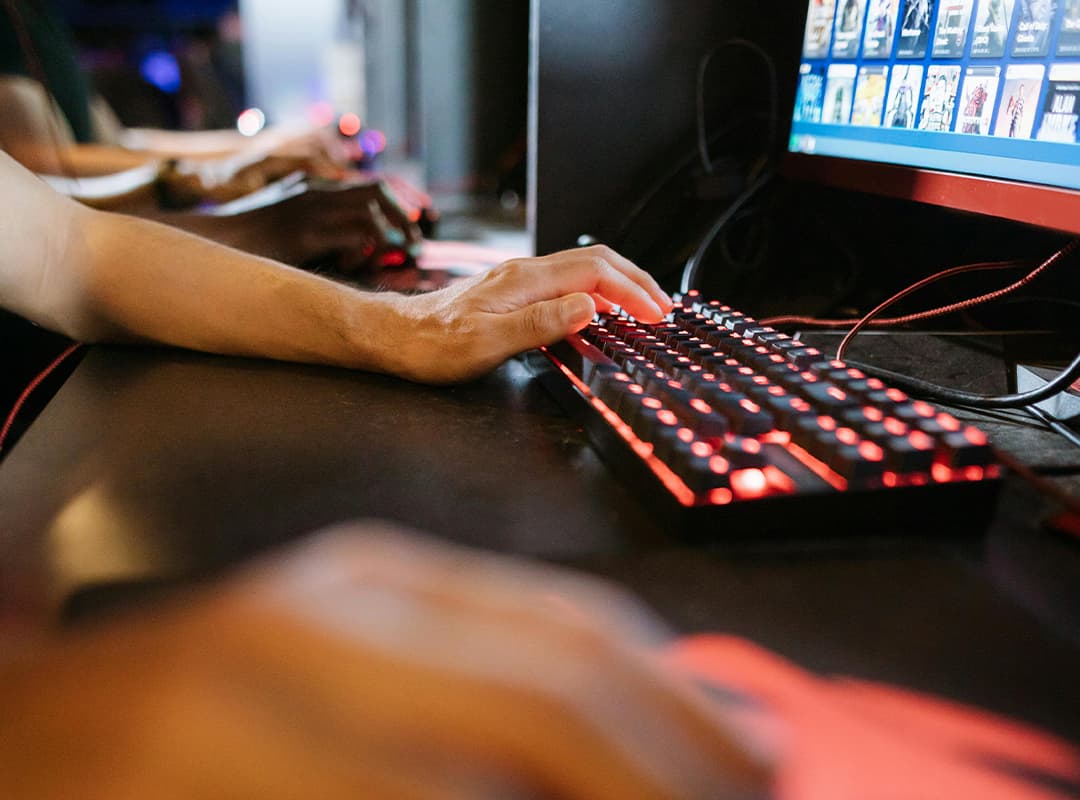The evolution of multiplayer gaming in the Web3 era has brought forth new challenges and opportunities. With the integration of blockchain technology, multiplayer games now offer decentralized ecosystems, player-owned assets, and new economic models. To facilitate these features, robust network technologies and protocols are crucial. This article explores the essential technologies and protocols that enable multiplayer functionality in Web3 games, highlighting how they enhance security, performance, and player experience. We will also discuss the role of chainlink game in this ecosystem.
Key Network Technologies for Web3 Multiplayer Games
1. Blockchain Networks
At the core of Web3 games are blockchain networks, which provide the foundation for decentralized gaming. Popular blockchains like Ethereum, Binance Smart Chain, Solana, and Polygon offer different advantages in terms of transaction speed, cost, and scalability.
- Ethereum: Known for its mature ecosystem and support for smart contracts and NFTs. However, it can suffer from high gas fees and slower transaction speeds during peak times.
- Binance Smart Chain (BSC): Offers lower fees and faster transactions compared to Ethereum, making it a popular choice for gaming projects.
- Solana: Known for high throughput and low transaction costs, making it suitable for games requiring fast and frequent transactions.
- Polygon: A Layer 2 solution for Ethereum that provides scalability and reduced transaction costs.
2. Decentralized Storage Solutions
Decentralized storage solutions are essential for managing game data, such as player profiles, game states, and assets. Technologies like the InterPlanetary File System (IPFS), Arweave, and Filecoin are commonly used.
- IPFS: A peer-to-peer protocol for storing and sharing files in a distributed file system, providing high availability and resilience.
- Arweave: Focuses on long-term data storage with a “permaweb” that allows data to be stored permanently.
- Filecoin: A decentralized storage network that incentivizes users to provide storage space.
3. Smart Contracts
Smart contracts are self-executing contracts with the terms of the agreement directly written into code. They automate various game functions, such as asset transfers, rewards distribution, and in-game transactions. Smart contracts are deployed on blockchain networks and are crucial for enabling trustless interactions between players.
4. Decentralized Oracles
Decentralized oracles play a critical role in providing real-world data to smart contracts, which is essential for dynamic gameplay elements. Chainlink is a leading decentralized oracle network that connects smart contracts with off-chain data sources. In the context of gaming, Chainlink can be used to fetch real-time data for in-game events, random number generation for fairness, and more. The concept of chainlink game highlights how these oracles can enhance the gaming experience by providing reliable and tamper-proof data.
5. Peer-to-Peer Networking
Peer-to-peer (P2P) networking is vital for real-time multiplayer interactions. It allows players to connect directly with each other, reducing latency and enhancing the gaming experience. P2P protocols like WebRTC enable low-latency communication between players, which is essential for fast-paced multiplayer games.
6. Consensus Mechanisms
Consensus mechanisms are crucial for ensuring the security and reliability of blockchain networks. Common consensus mechanisms include Proof of Work (PoW), Proof of Stake (PoS), and their variants. In gaming, the choice of consensus mechanism can impact transaction speeds and network security.
- Proof of Work (PoW): Used by Bitcoin and Ethereum (until Ethereum 2.0), known for its security but high energy consumption.
- Proof of Stake (PoS): More energy-efficient and used by networks like Ethereum 2.0 and Cardano, where validators are selected based on the number of tokens they hold and are willing to “stake.”
- Delegated Proof of Stake (DPoS): A variant of PoS that allows token holders to delegate their stake to elected validators, as seen in networks like EOS and TRON.
Protocols for Web3 Multiplayer Games
1. ERC-20 and ERC-721
These are Ethereum standards for fungible and non-fungible tokens, respectively. ERC-20 defines a standard for tokens that are interchangeable, such as in-game currencies, while ERC-721 is used for unique assets like characters, weapons, or skins.
2. ERC-1155
ERC-1155 is a more versatile standard that allows for the creation of both fungible and non-fungible tokens within a single contract. This is particularly useful for games that need to manage various types of assets efficiently.
3. Inter-Blockchain Communication Protocols
As the Web3 ecosystem grows, the ability to transfer assets and data between different blockchains becomes increasingly important. Protocols like Polkadot’s Cross-Chain Message Passing (XCMP) and Cosmos’ Inter-Blockchain Communication (IBC) enable interoperability between different blockchains, allowing assets and data to move seamlessly across networks.
The integration of network technologies and protocols in Web3 multiplayer games enables a decentralized, secure, and engaging gaming experience. Blockchain networks, decentralized storage, smart contracts, decentralized oracles like chainlink game, and peer-to-peer networking all play critical roles in building these next-generation games. As the industry continues to evolve, these technologies will further enhance the capabilities and possibilities of Web3 gaming, offering players unprecedented levels of ownership, interactivity, and immersion.



